Last May, Sylvain Cachard took on the 50K at Snowdonia by UTMB in Llanberis, Wales, a technical, high-intensity effort and a step up in distance from what he’s used to.
At 26, the Grenoble native is already a well-established figure on the international trail scene: European Mountain Running Champion, multi-time medalist with the French national team, and known for his explosive power on short formats. But in recent seasons, Sylvain has begun a bold transition toward longer distances, a move that brings new challenges in training, race strategy… and above all, nutrition.
In this new episode of Behind the Fuel ([Instagram video link]), Sylvain opens up about his journey, what it takes to shift to longer races, and how that change has reshaped his daily habits. He also takes us behind the scenes of the Näak Boost Energy™ Gel development, a project he actively contributed to. A conversation packed with insight and experience, where any athlete looking to go longer will find something to relate to.
1. From mountain running to longer distances
How long have you been trail running and how has your athletic journey evolved over time?
As far back as I can remember, I’ve always been playing and scrambling around in nature. I did my first multisport adventure race when I was 8, and there was a trail section in it. My first proper trail runs probably started when my parents got into ultrarunning in the early 2010s. I was in middle school at the time, had joined an athletics club, and between two track sessions I’d sometimes go out with my parents for long weekend outings. From my first selection on the French junior mountain running team in 2016 to my European Championship title at the elite level in 2022, my approach to sport has always been driven by sharing experiences and discovering my physical and mental limits.
You raced the Snowdonia 50K, a longer format than you usually compete in. What made you want to take on that kind of challenge?
I love trail running or more broadly “running in the mountains” in all its forms. I had a lot of fun running shorter distances from age 16 to 23, but I’m also drawn to longer formats. I genuinely want to perform just as well over long distances as I have on short ones, and I know it takes time to get there. So I figured, why not start now?
What does moving up to longer formats change in terms of your training?
Wanting to perform over long distances, knowing that I already have a solid base on short ones, lets me focus almost entirely on one of the key factors in longer races: durability. I’ve spent years training to develop my maximal aerobic capacity. Now the goal is to sustain the highest possible percentage of that capacity for as long as I can. That means more muscular work, and more training on fatigue to simulate the sensations you get in longer races.
2. Nutrition: a strategy in constant evolution
How has your nutrition strategy evolved over the years, especially as you’ve increased your race distances?
As I’ve moved up in distance, I’ve had to rethink many of the nutritional principles I used to follow when racing shorter formats. For example, I now pay much more attention to carbohydrate and sodium intake during effort. There’s also the challenge of taking in enough food to support training, in terms of both carbs and protein, which is often overlooked by endurance athletes. So, for example, I take a Näak Recovery™ Complete Mix shaker after my workouts.
What are the specific challenges you face with nutrition in longer or more intense efforts?
The main challenge is being able to absorb the nutrients you need without experiencing digestive issues. I monitor my carb and sodium intake very closely. It’s worth noting that more is not always better. I’m realizing more and more that eating a lot requires increased fluid intake, which can lead to stomach discomfort and, ultimately, hold back your performance.
Why do you think it’s so important to build a personalized nutrition plan?
Every athlete is different and needs to fuel according to their own needs. Of course, it’s always interesting to draw inspiration from what other athletes are doing, especially for new ideas, but the most important thing is to test and refine your nutrition strategy in race-like conditions. Even for elite athletes, each race has different characteristics (heat, altitude, elevation gain, etc.) and therefore requires a customized nutrition plan.
3. From idea to product: behind the scenes of Boost Energy™ gel development
You were actively involved in developing the Boost Energy™ gel with the Näak Lab. What motivated you to take part in the project?
I’ve always been really interested in how a product is developed, partly because of my engineering background, and partly because I want to understand how to apply our real needs as athletes. On top of that, the product brief matched perfectly with both my growing interest in nutrition and my move toward longer race formats. And honestly, the communication, expectations, and collaboration with the Näak R&D team have always been really enjoyable, they only made me more motivated to be part of the project.
One of your main focuses was the gel’s texture. Why was that such a key point for you?
In 2021, during my first race at Sierre-Zinal (2.5 to 3 hours of effort), I realized that with the heat generated by that kind of sustained intensity, my mouth would dry out quickly. It became really difficult to swallow and properly absorb standard gels. They often required a lot of liquid to go down, which led to digestive issues. With the Näak Boost Energy™ Gel, we aimed for a texture that would naturally glide through the mouth, something you could swallow quickly without chewing and that would be easy to absorb even with a dry mouth. As a result, the gel goes from the packet to the esophagus in just a few seconds, with no effort.
What about the taste? What did you absolutely want to avoid, or make sure to include in Boost Energy™?
In the kind of longer efforts I’m doing now (3 to 6 hours), you need to take in a lot of carbs. But one of the big issues is that at race intensity, I would quickly lose the desire to eat anything. I’d often be put off by overly strong flavors. With the Näak Boost Energy™ Gel, the goal was to create something as neutral-tasting as possible. That way, it’s no longer a chore to keep fueling, even after several hours of relying on it exclusively.
In one sentence, what does Boost Energy™ give you in a race like Snowdonia?
With the Näak Boost Energy™ Gel, I know I can stick to my nutrition plan and not be limited in my performance.
Want to see more? Watch Sylvain in action at the Snowdonia 50K and go behind the scenes of his race in our latest video 👉
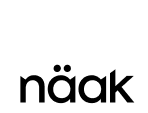

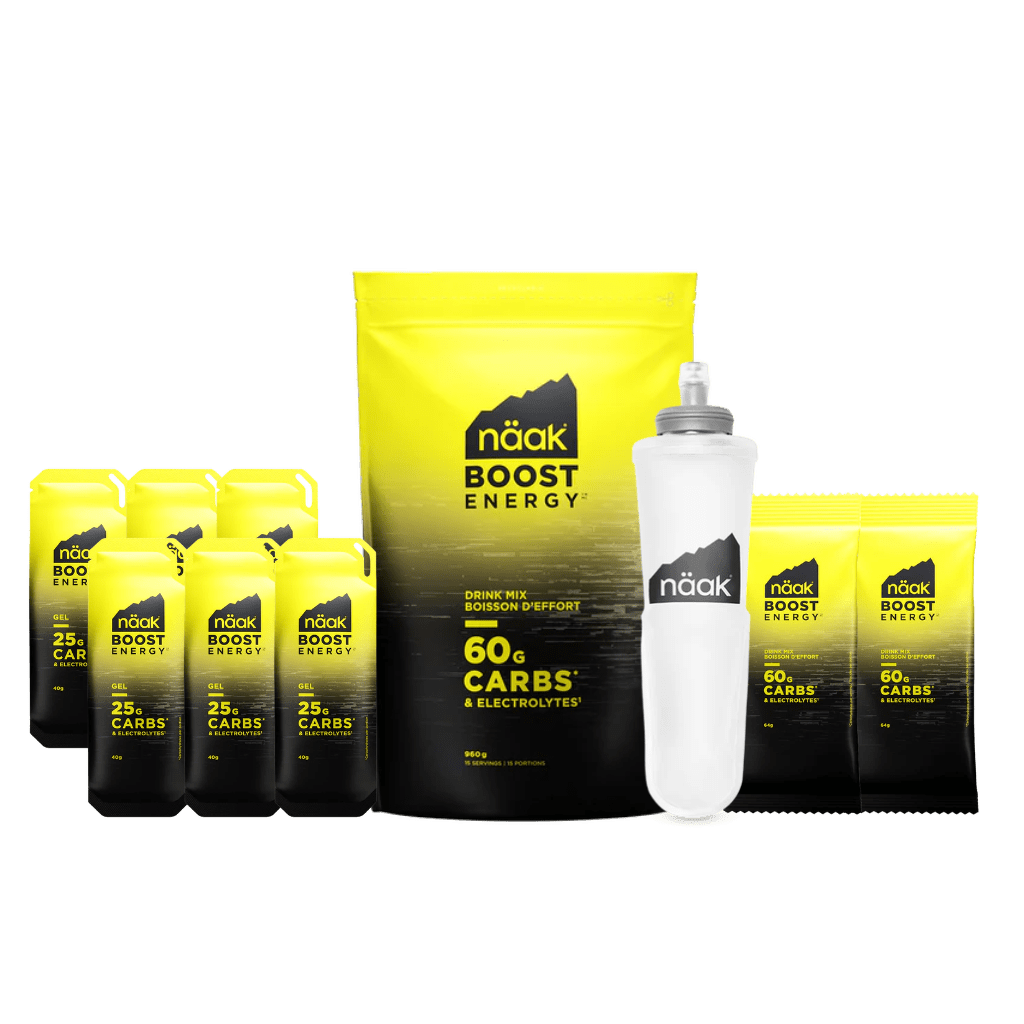
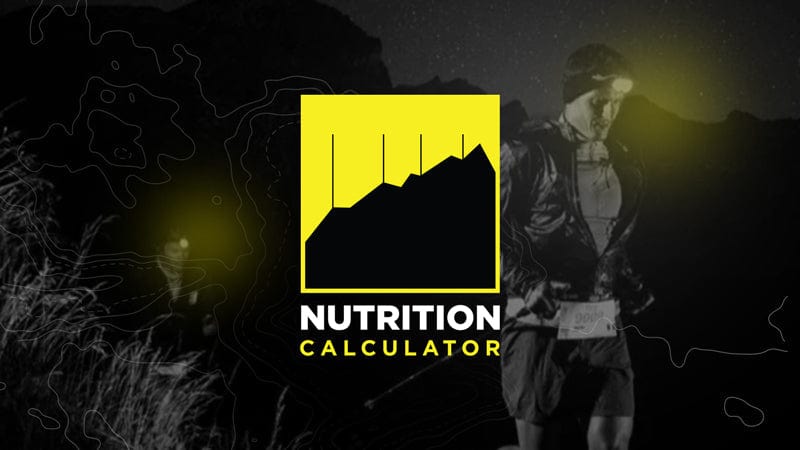
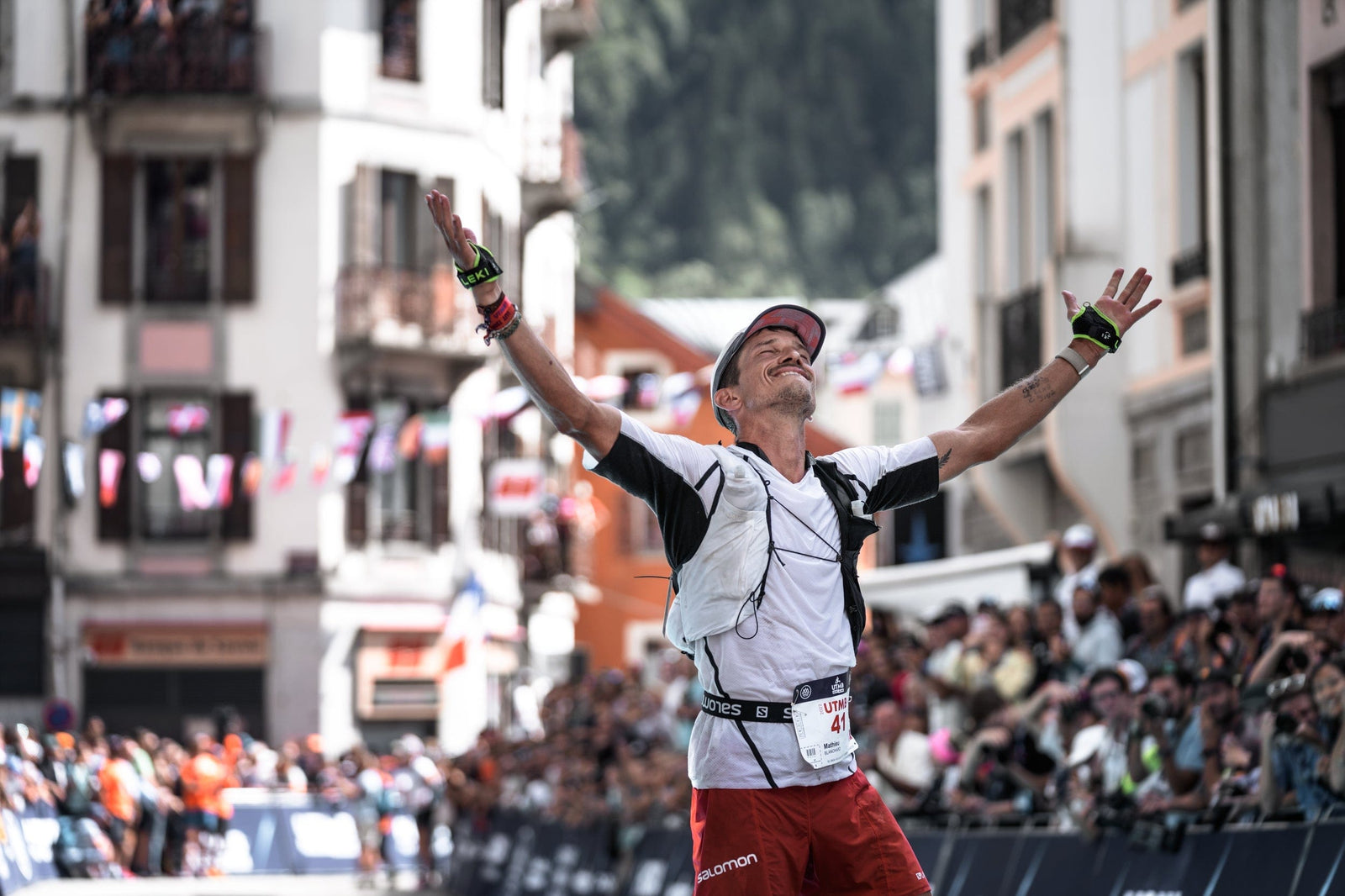
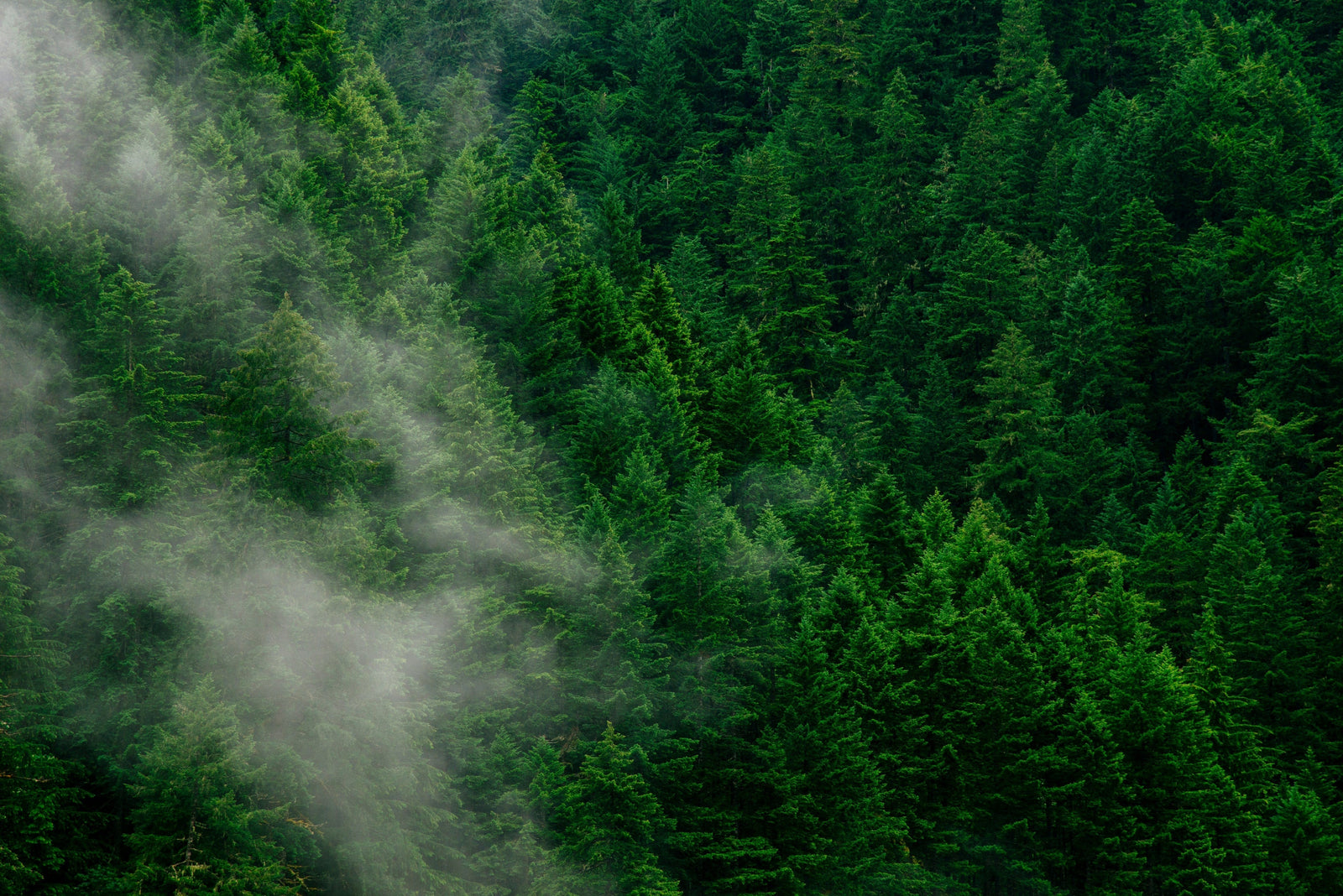
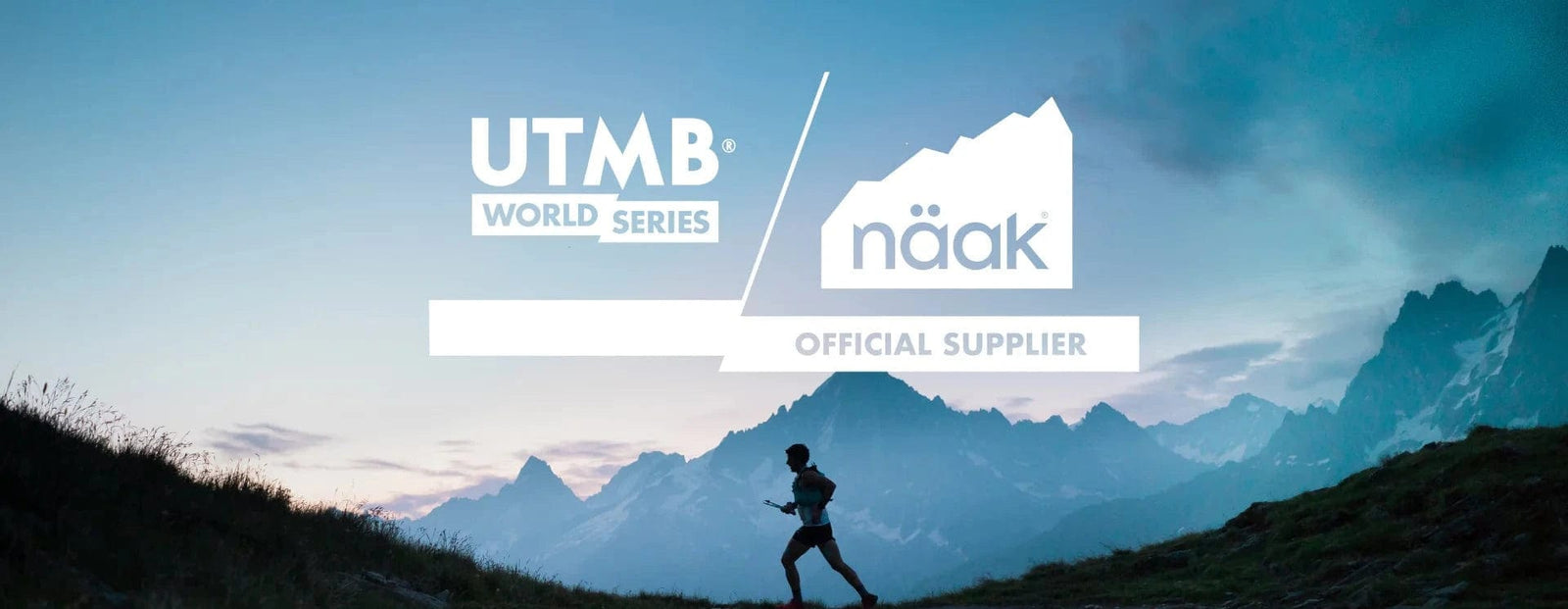

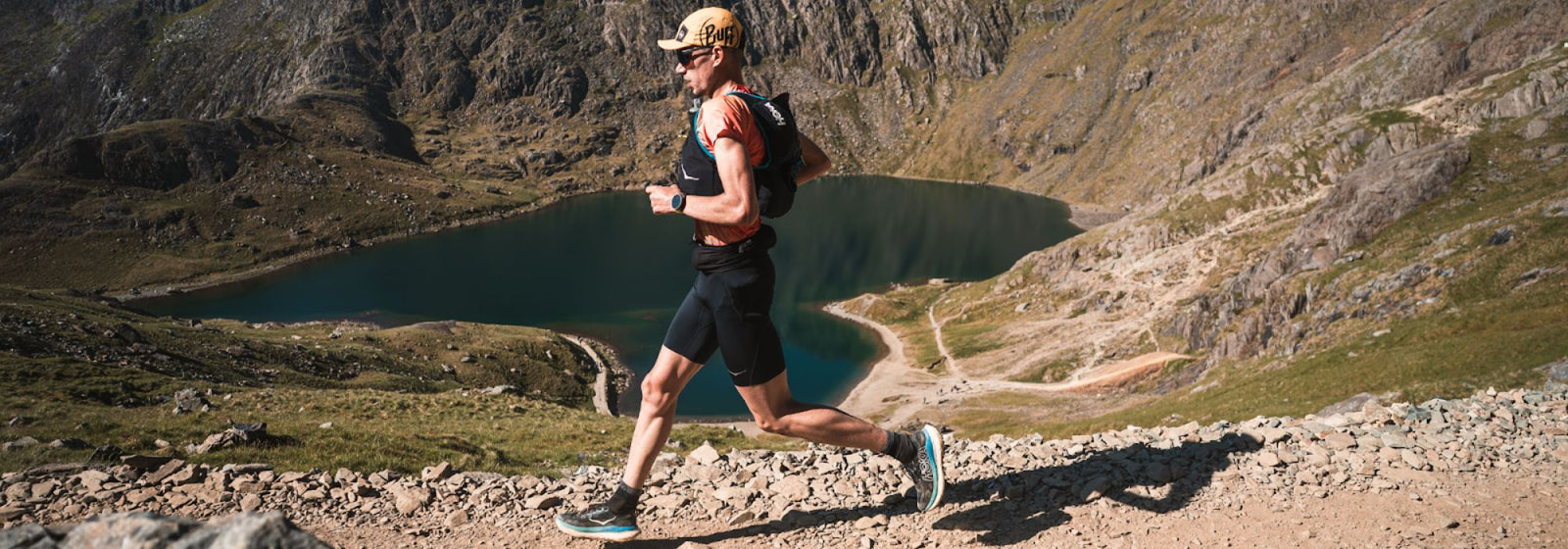



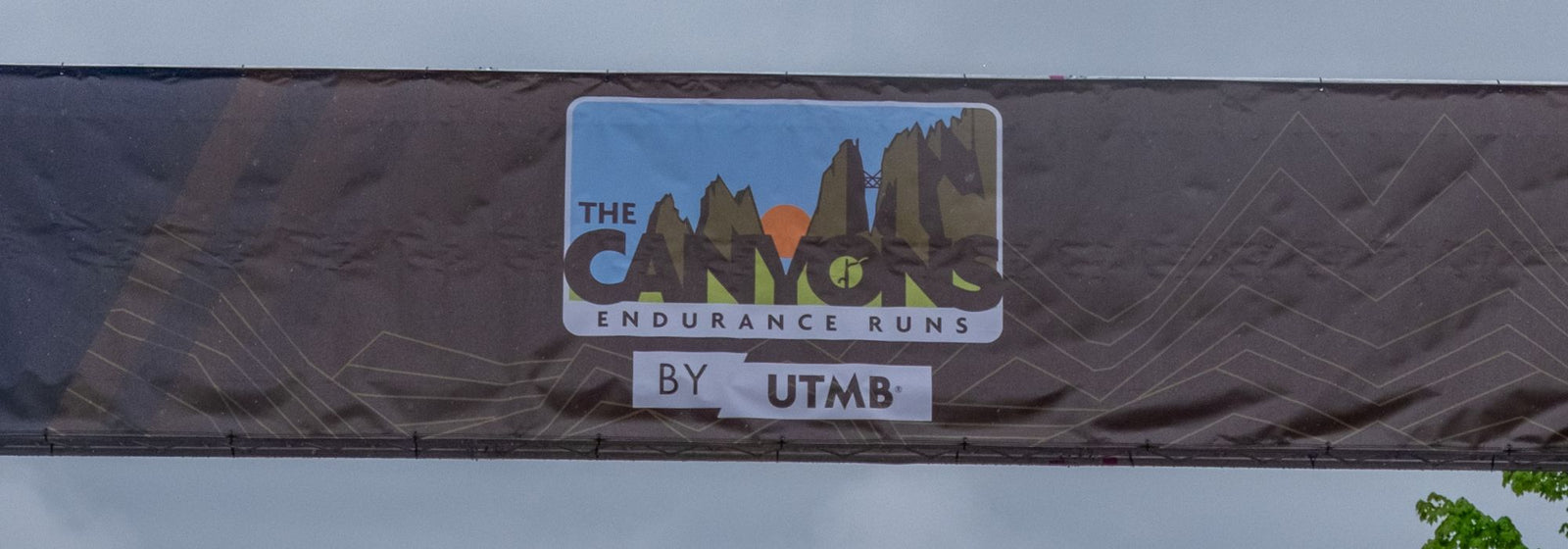
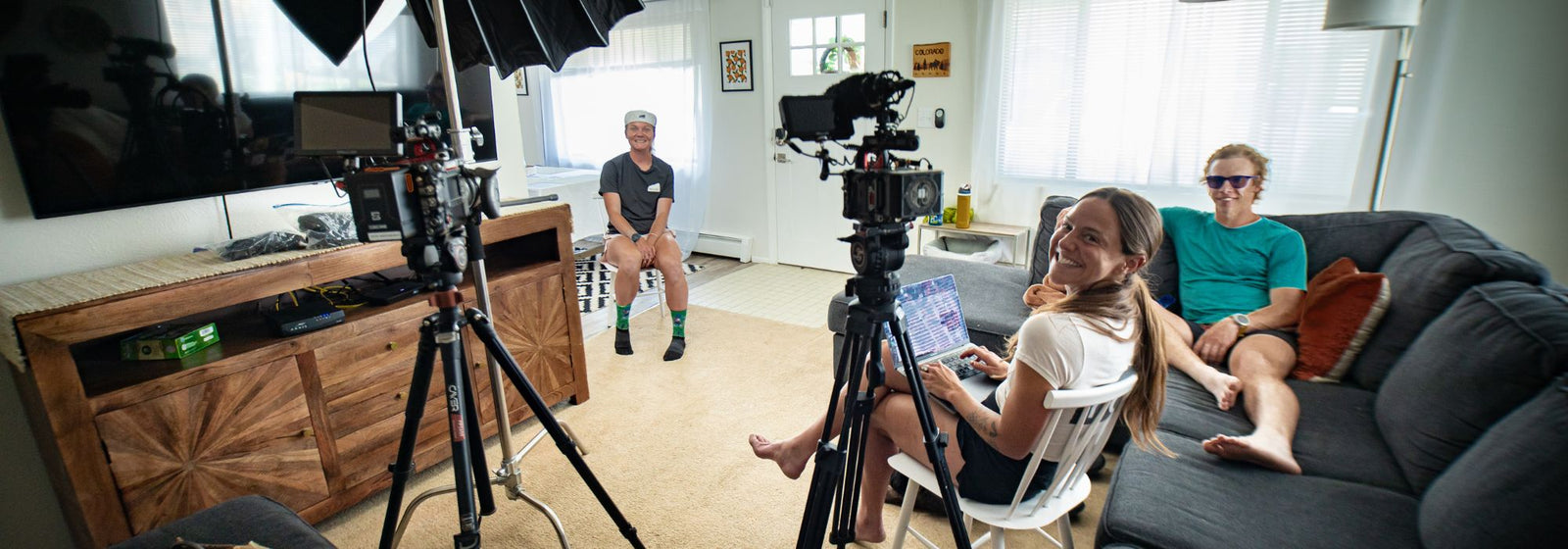
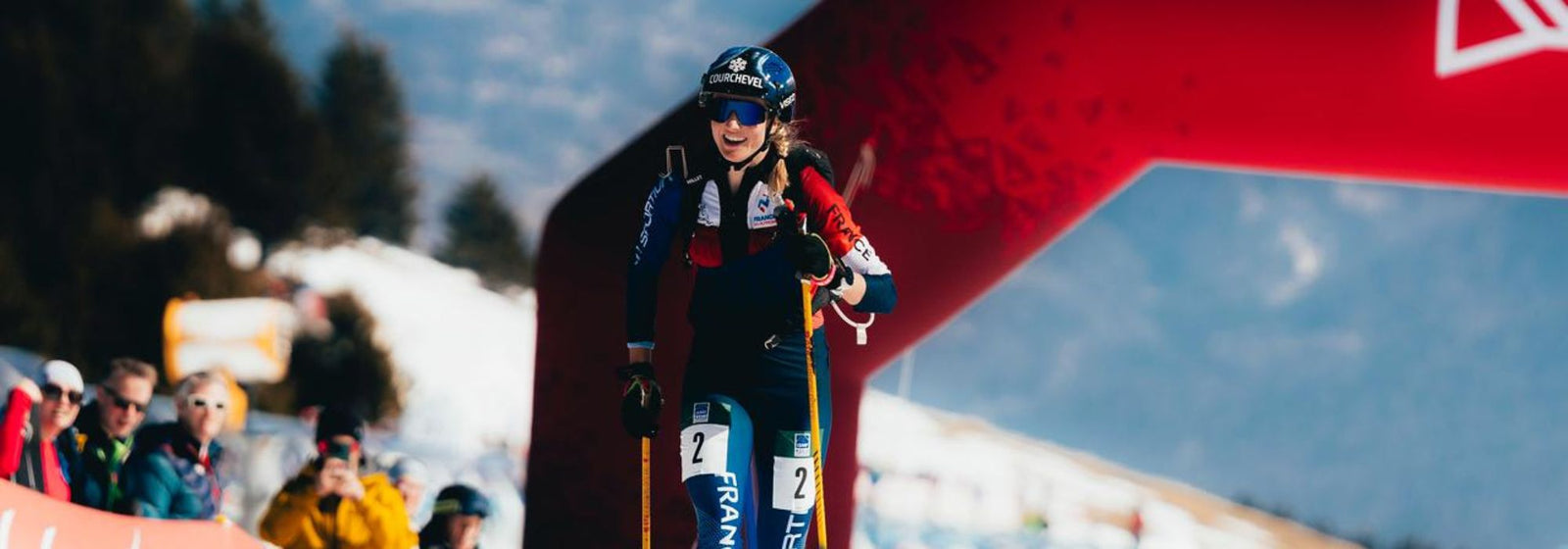
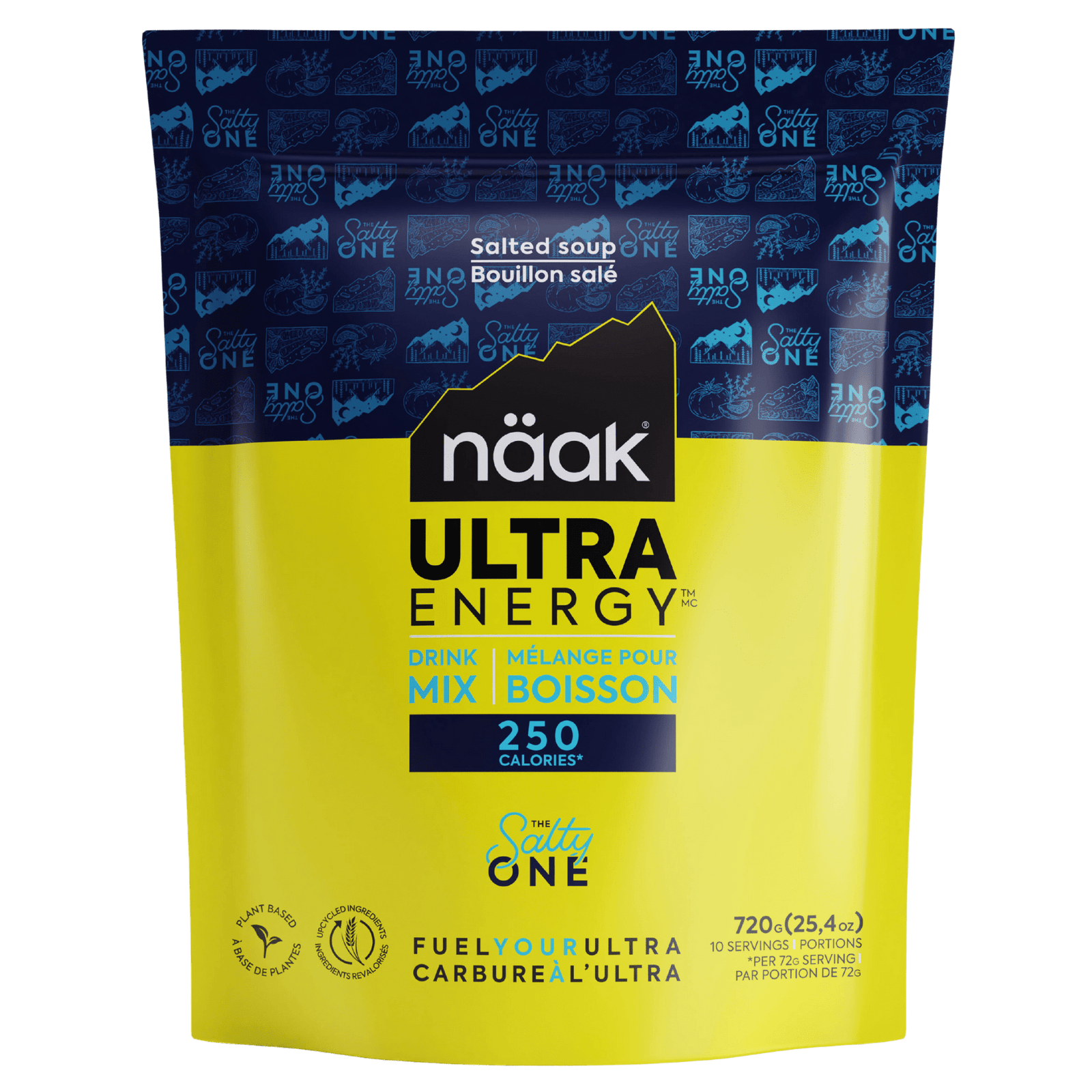
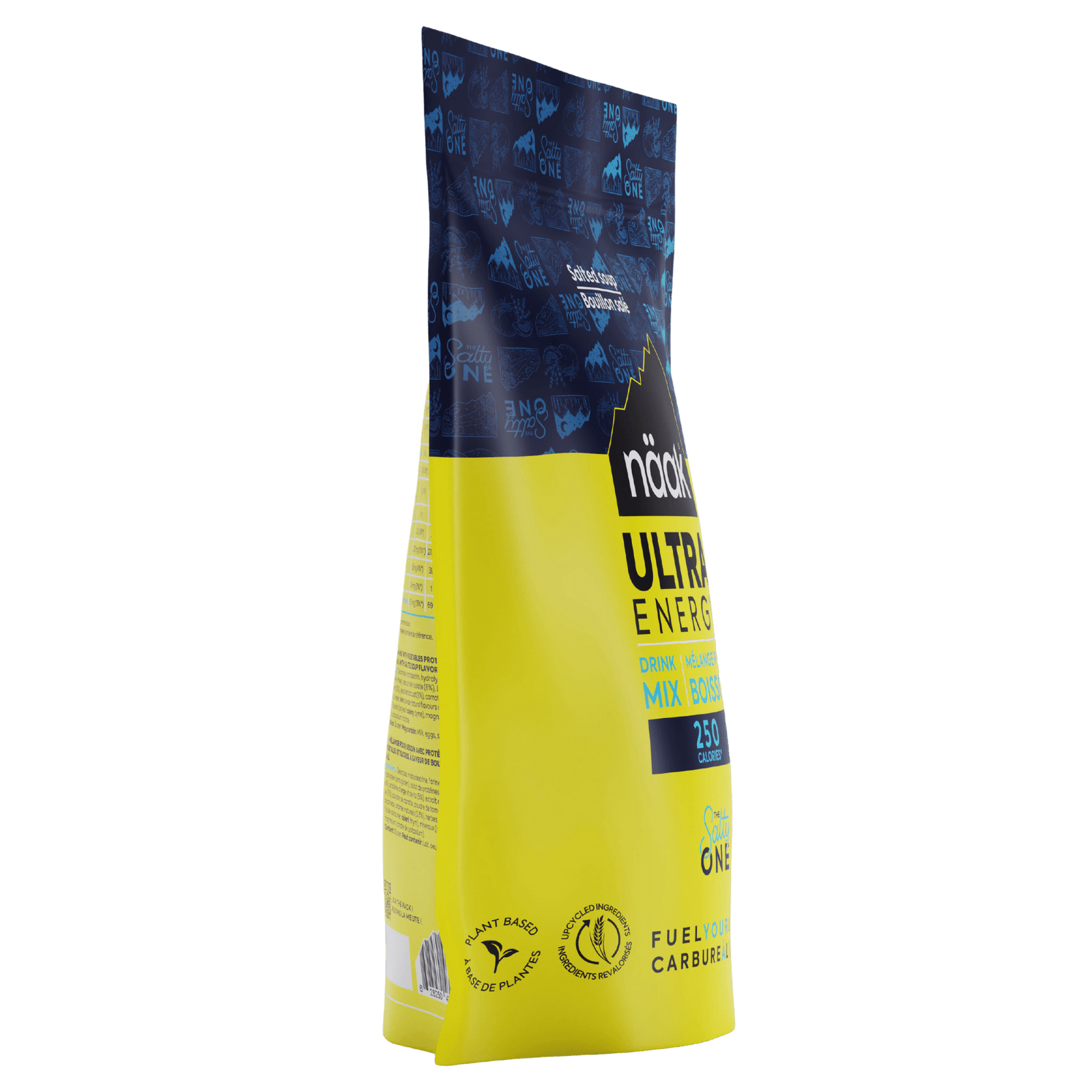
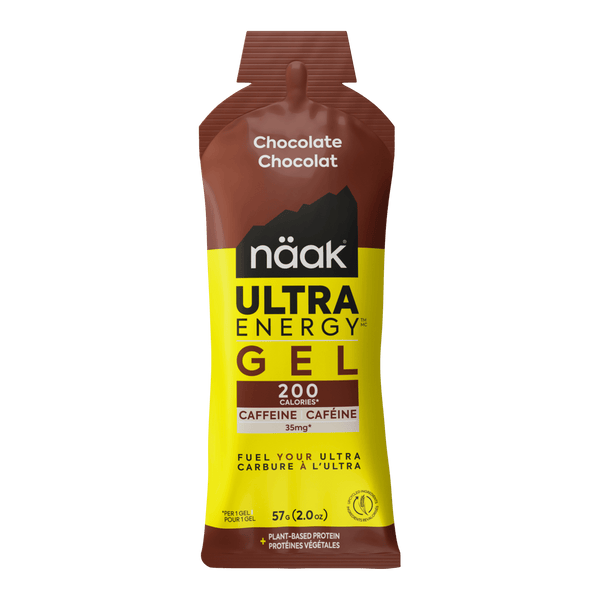
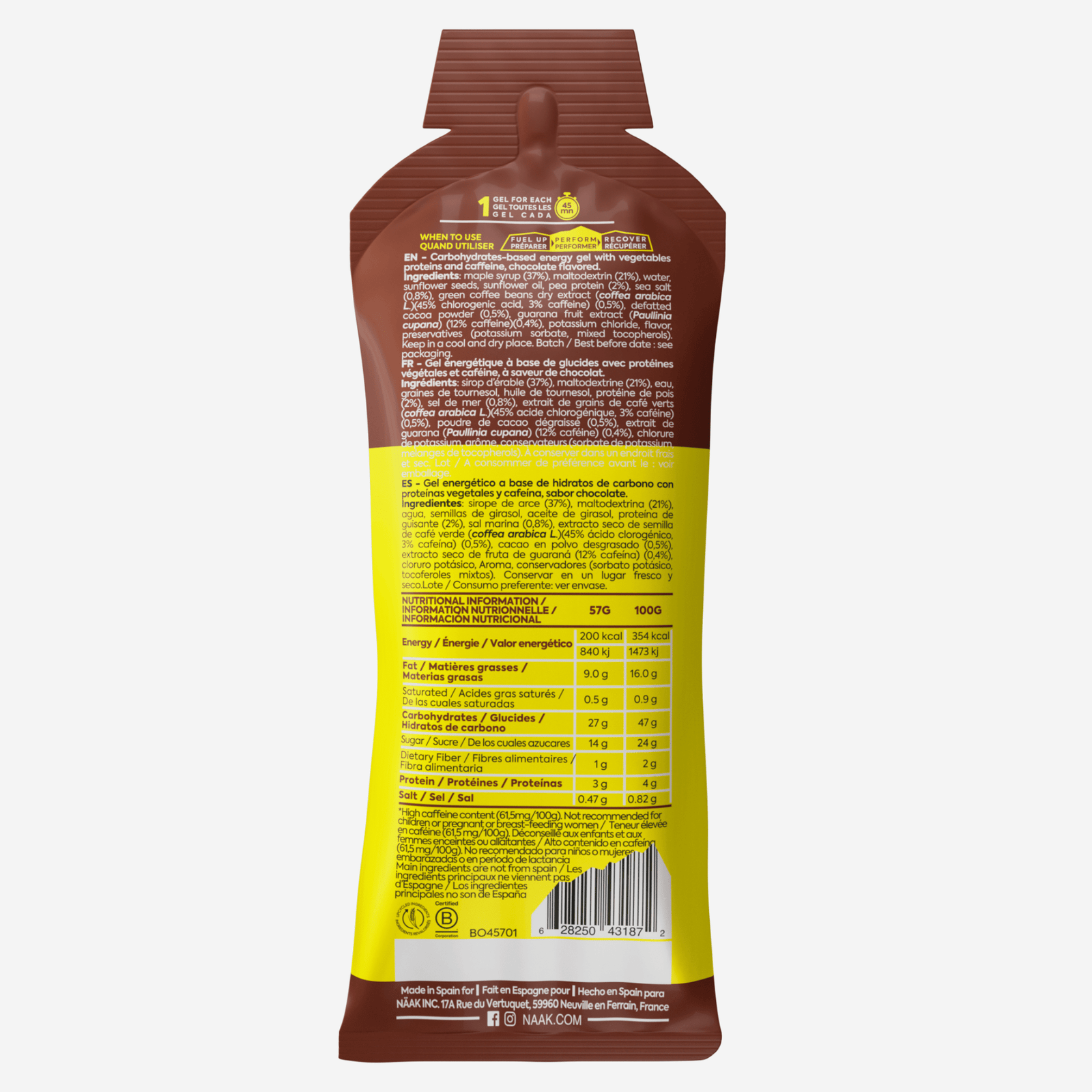
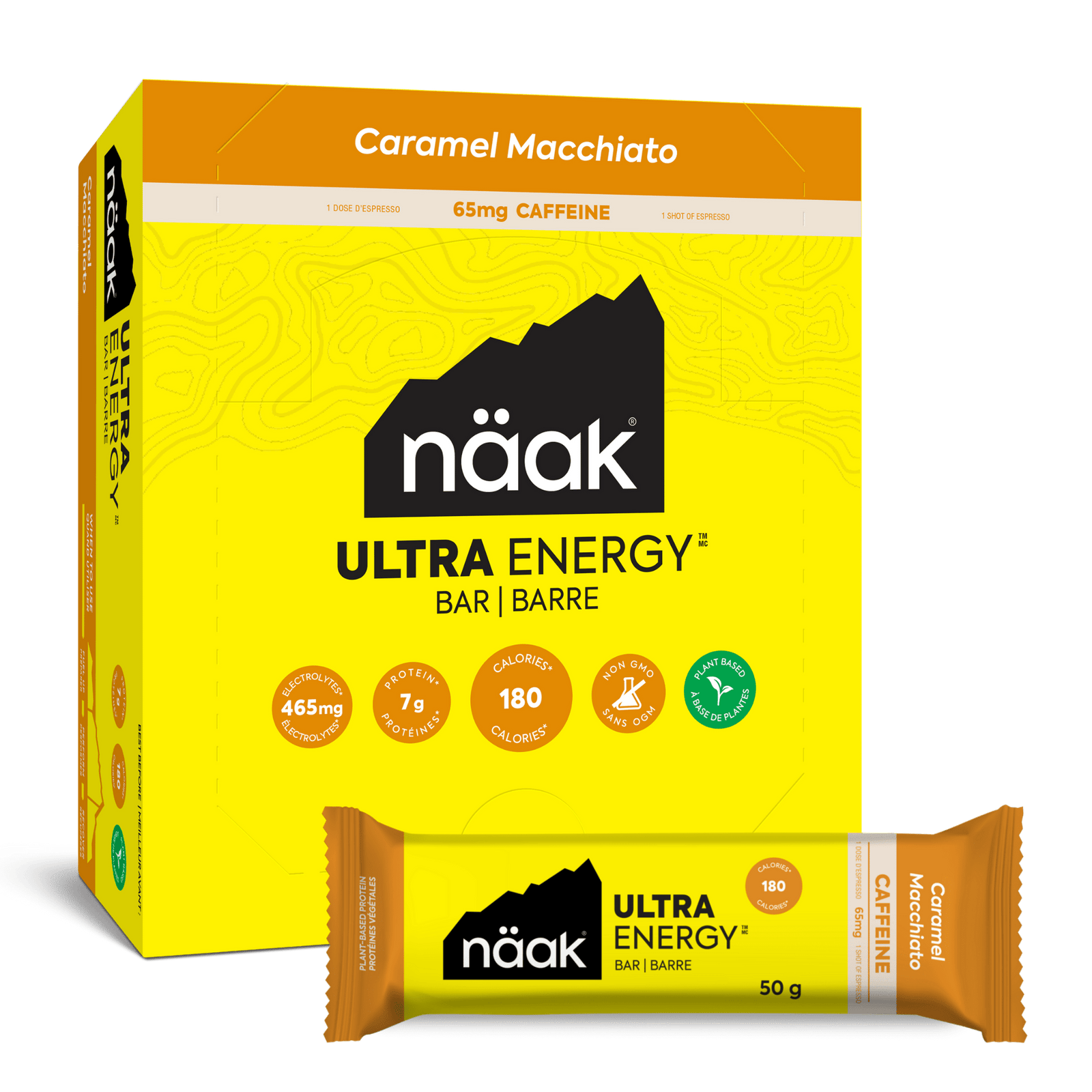
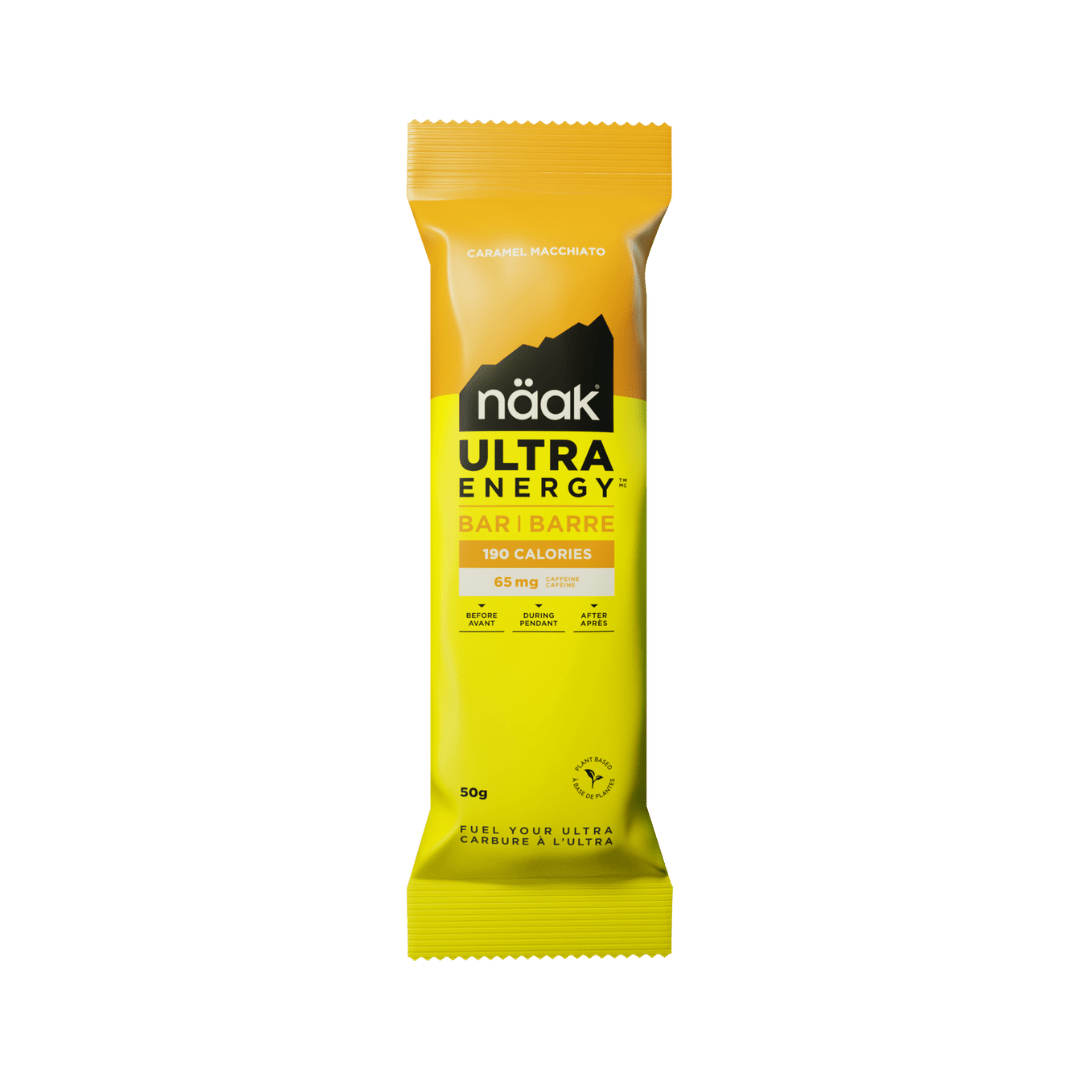
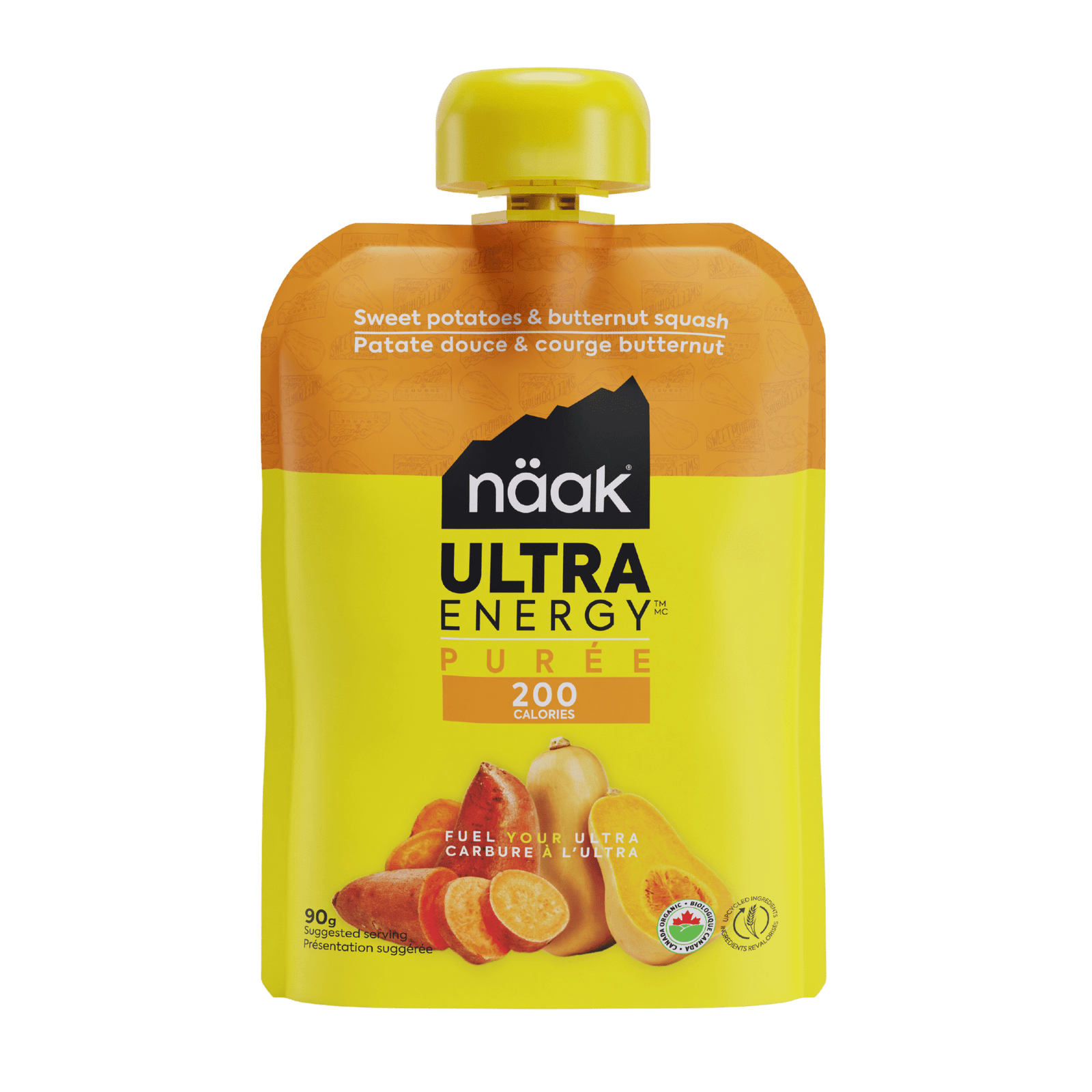
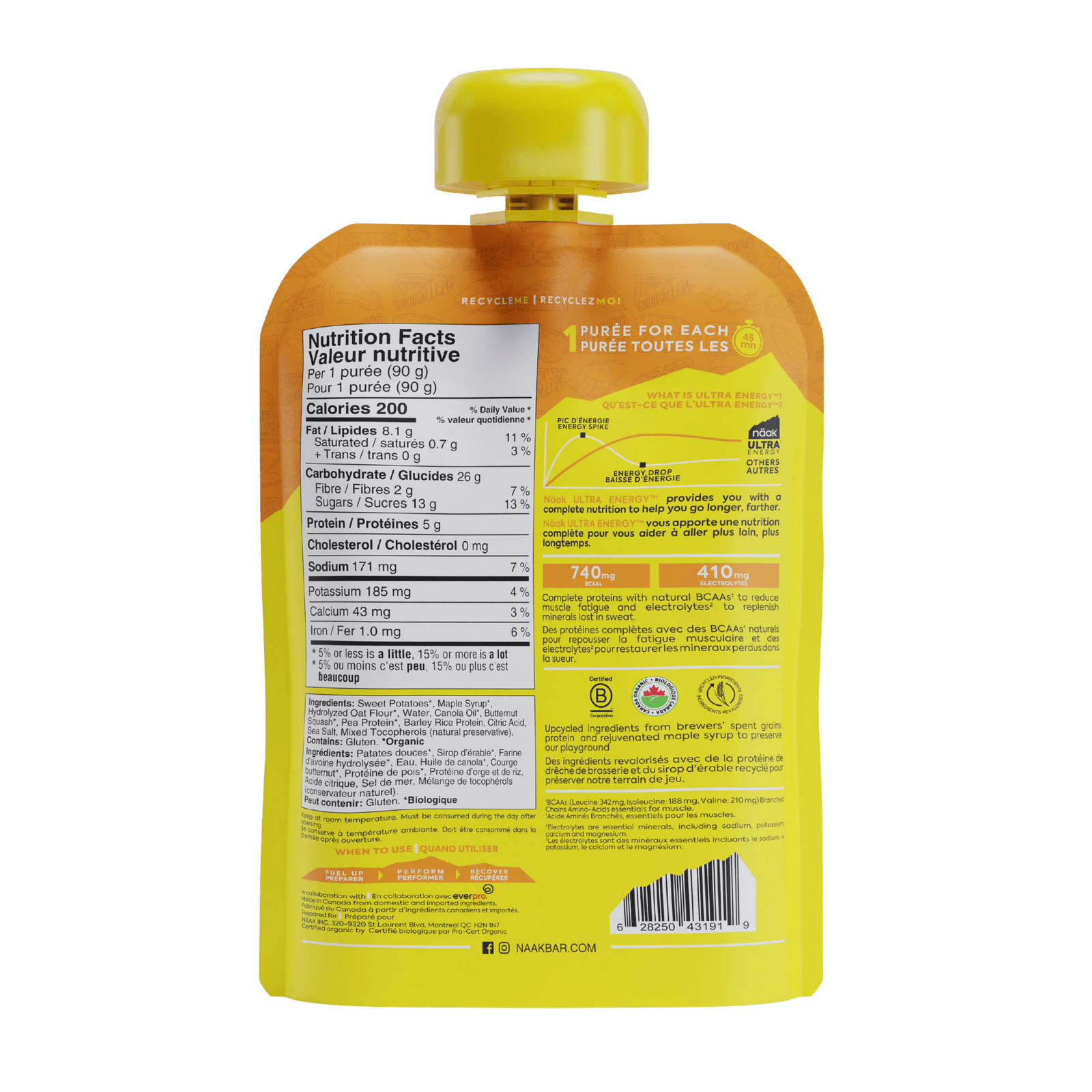
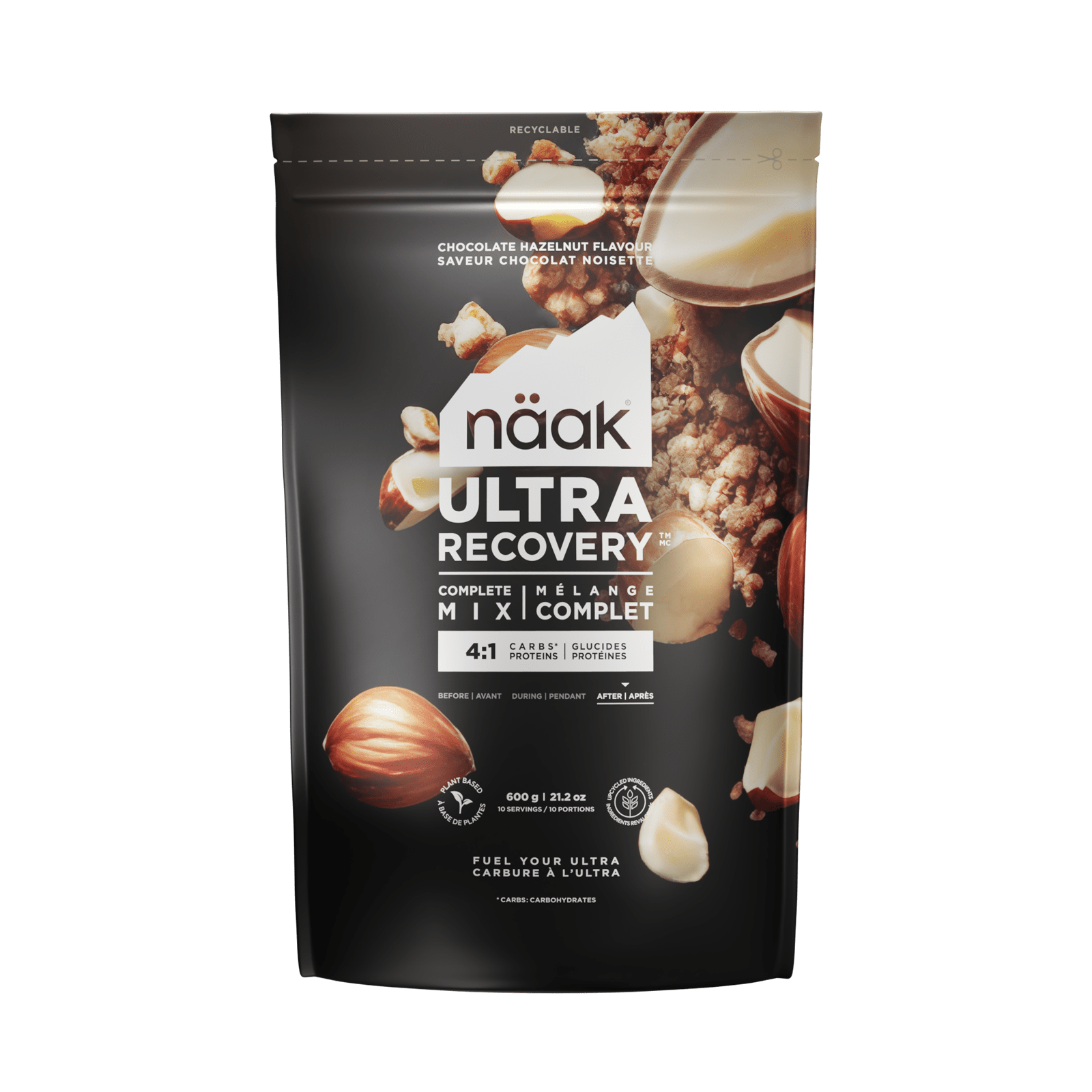
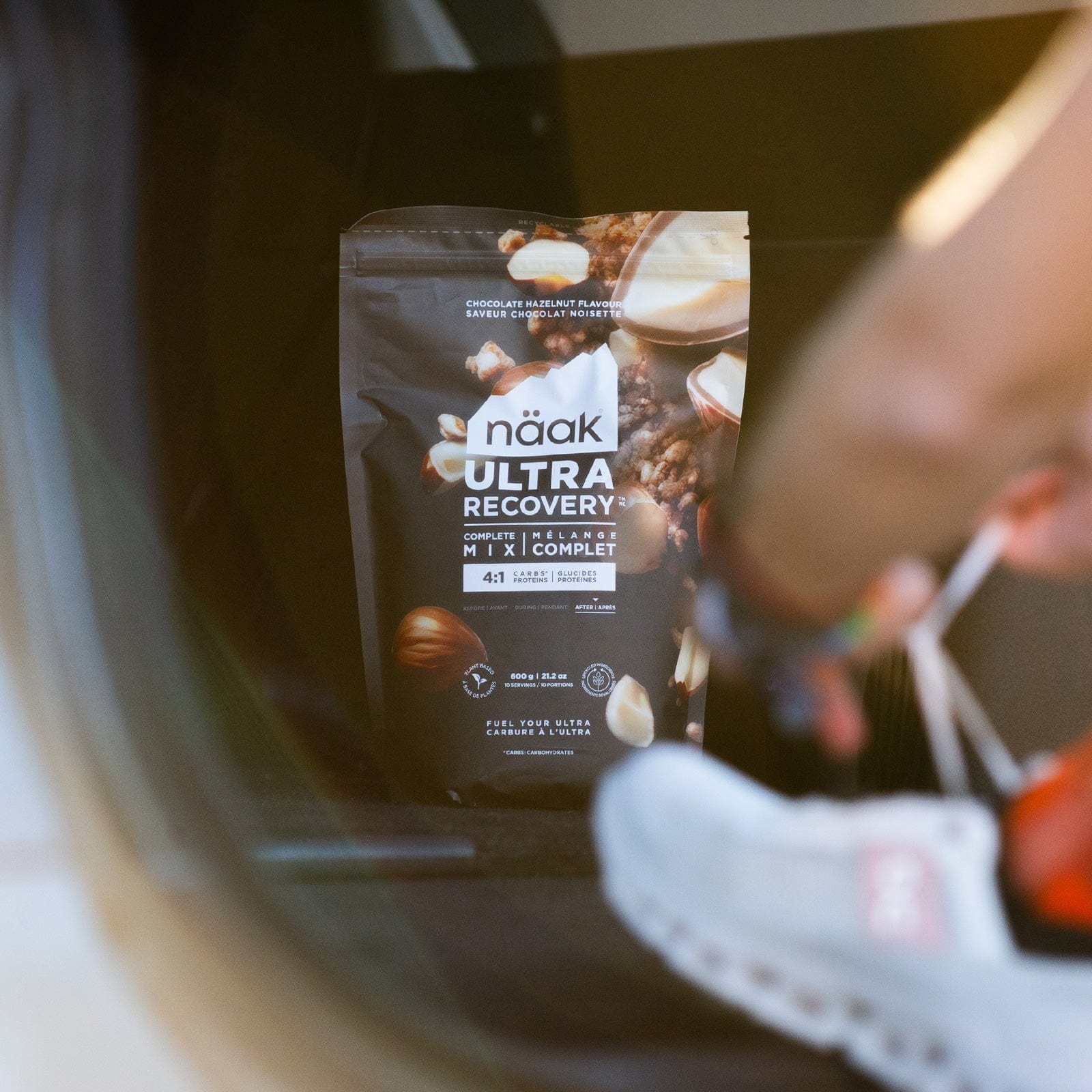
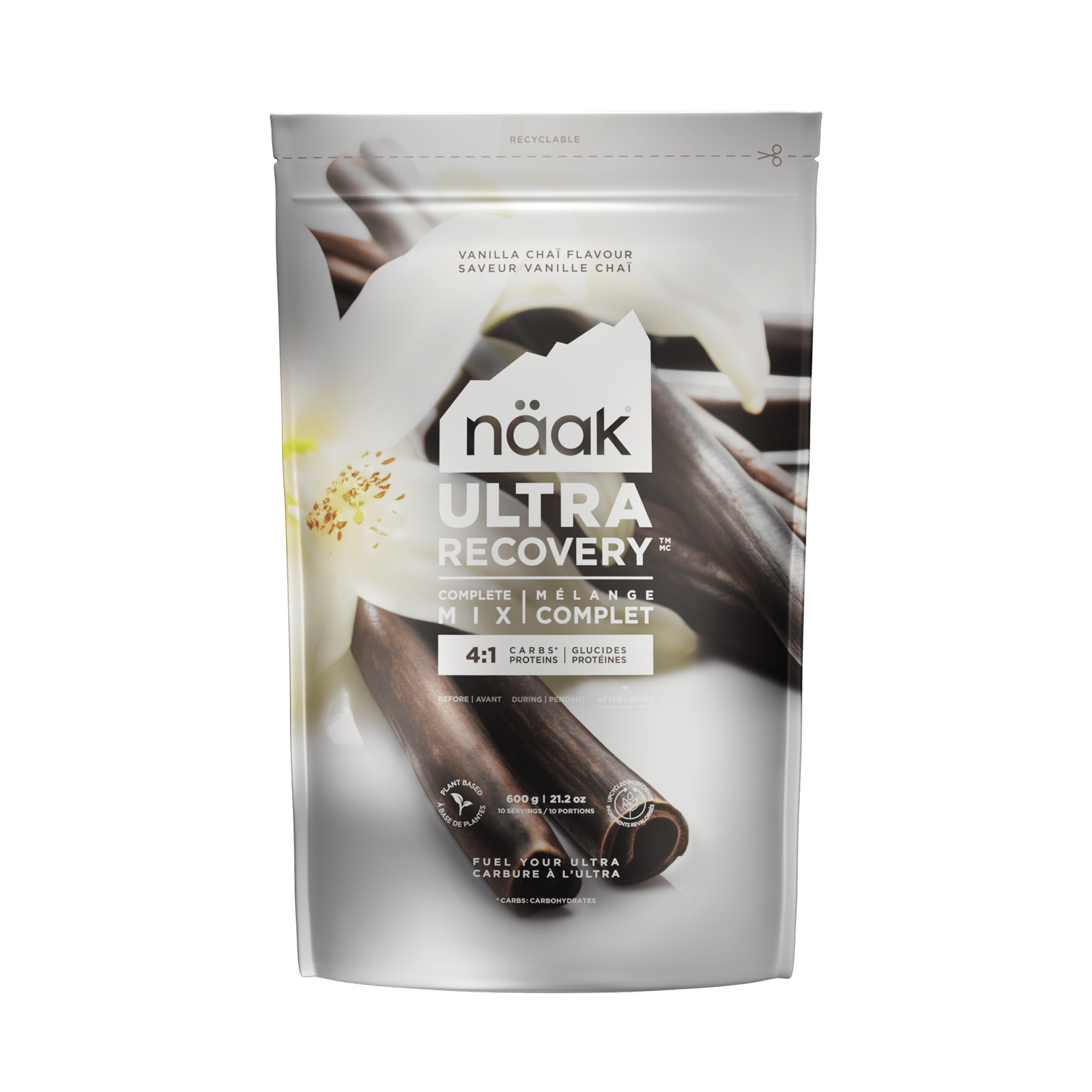
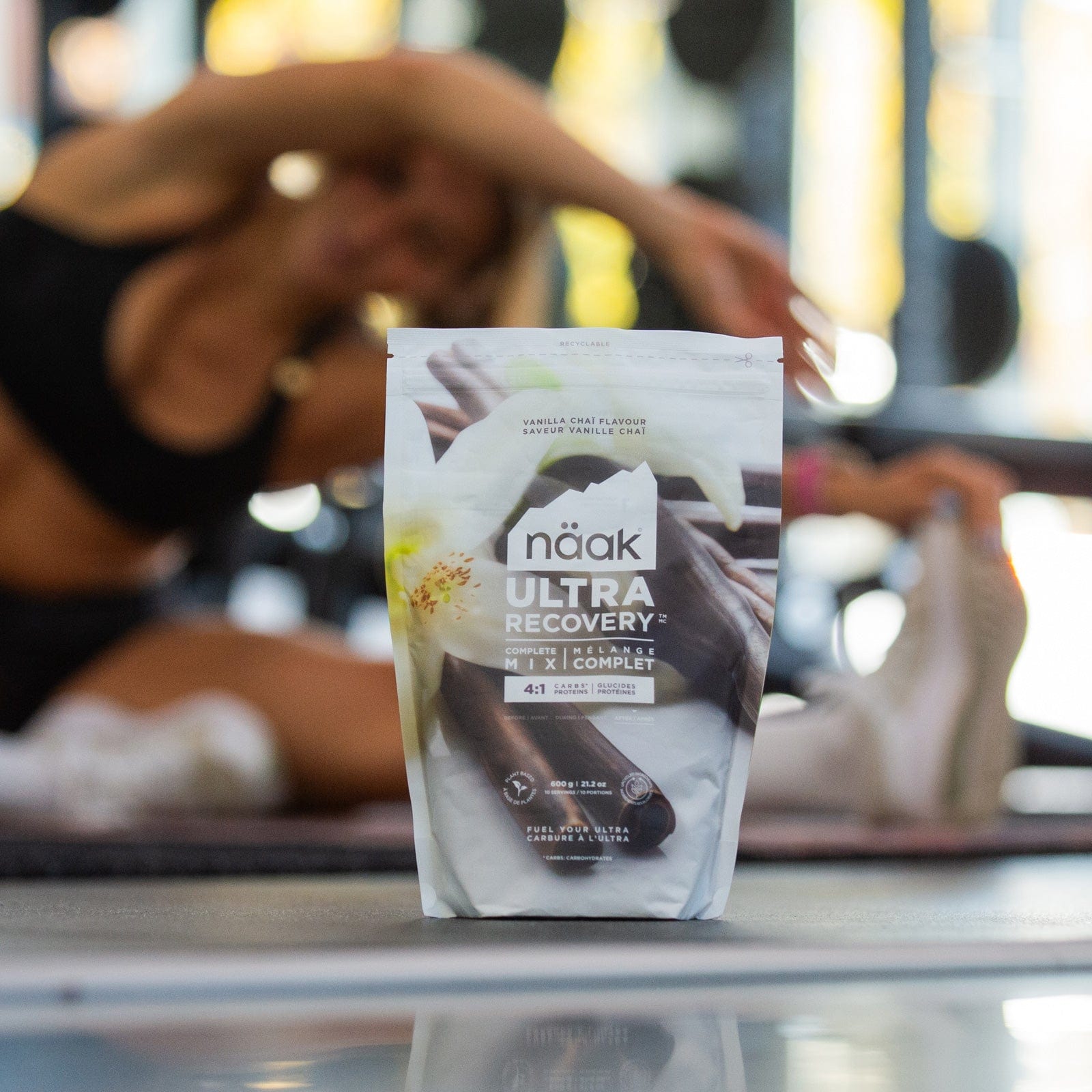
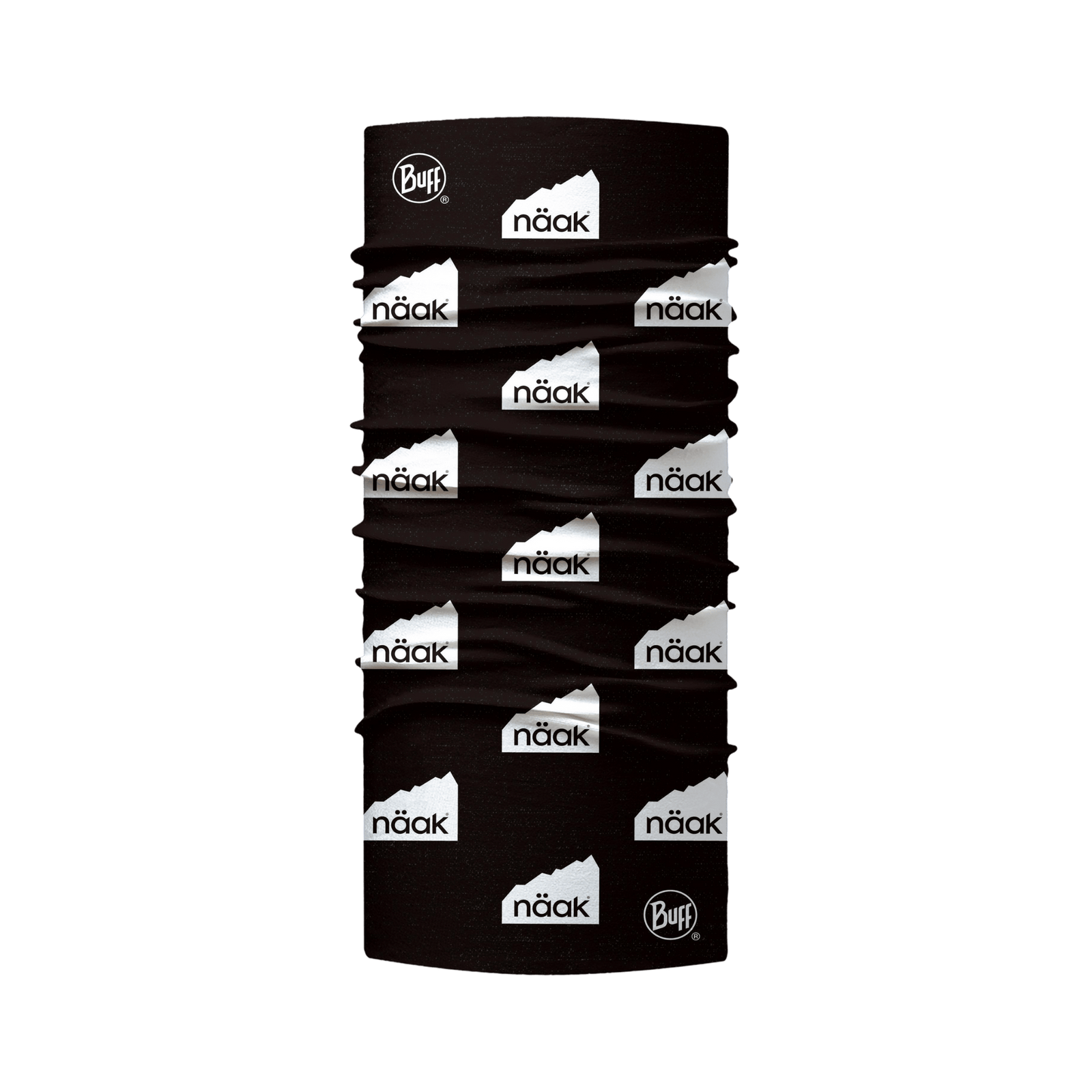
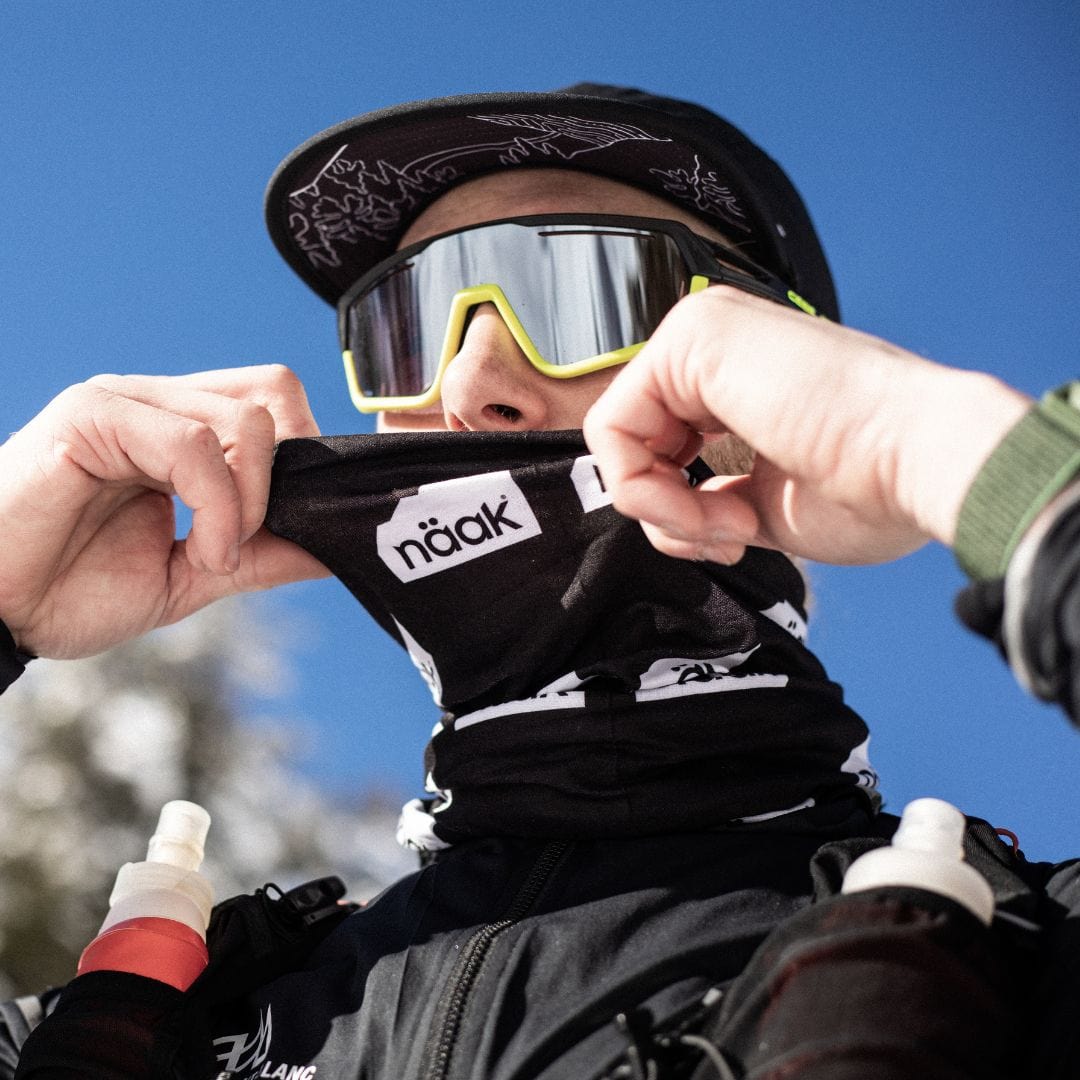

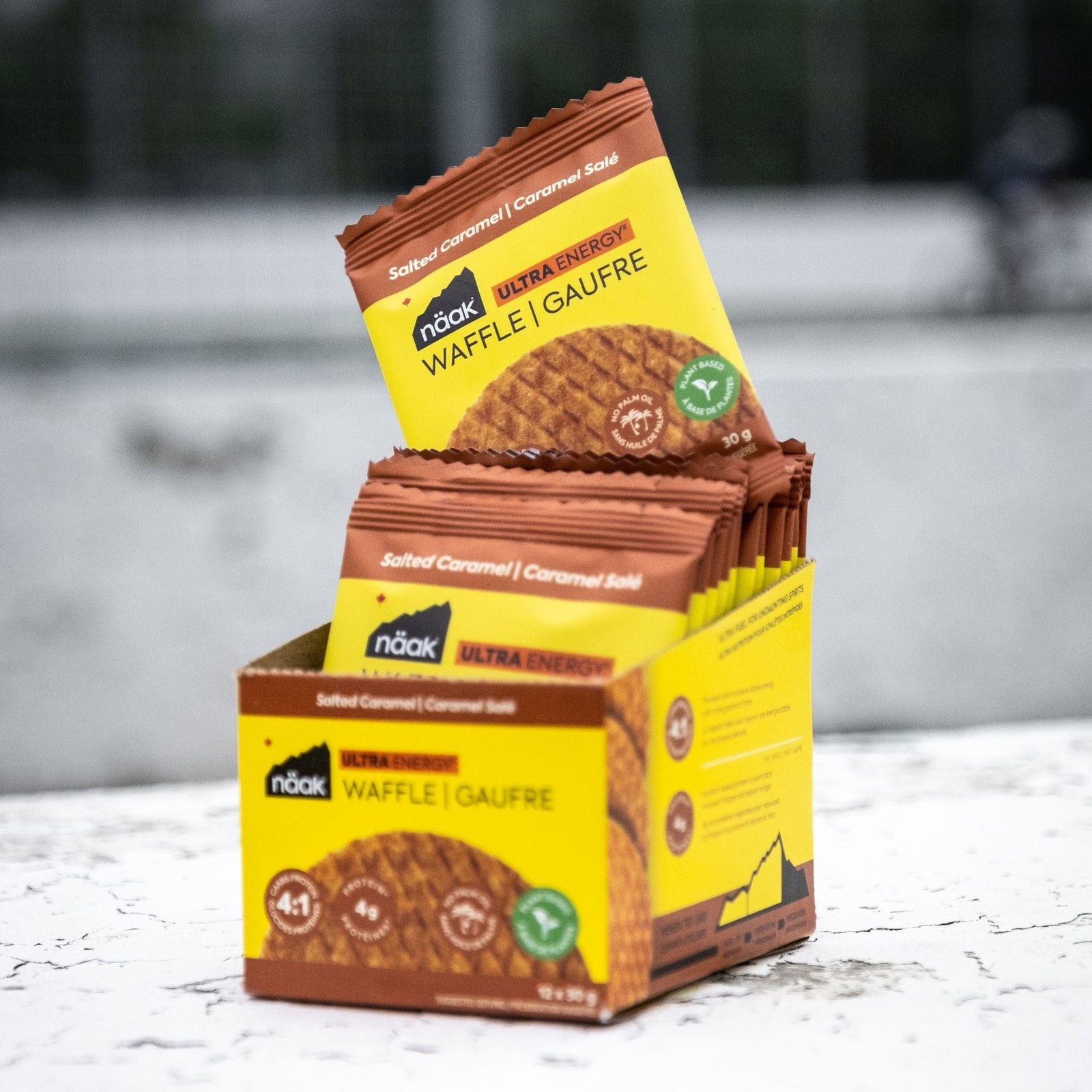


Leave a comment (all fields required)